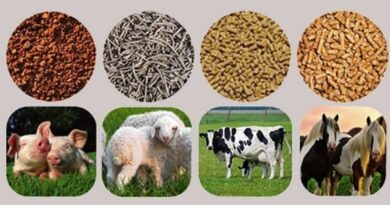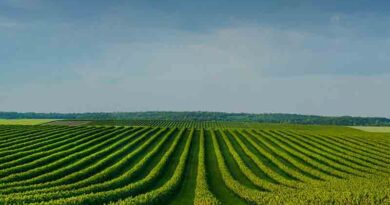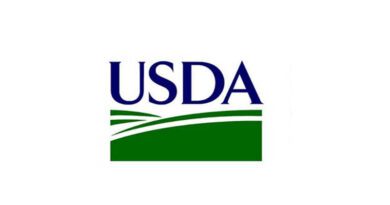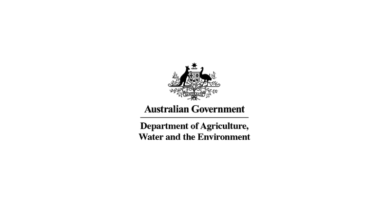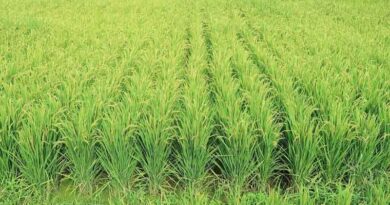World Pulses Day: Home-growing plant protein is good sense
By Pete Iannetta and Alison Karley, Ecological Sciences, James Hutton Institute
10 February 2021, UK: The COVID-19 pandemic has stretched the UK’s systems of food supply, raising further questions about the adaptability of global food systems in a crisis – in addition to those persistent issues of environmental degradation, biodiversity losses, and the numbers of citizens suffering food and nutrition scarcity.
While the UK imports 40% of its food, 70% of its ‘high protein grains’ are imported, and that percentage is higher for Scotland. These protein imports mainly support livestock feed markets and are sourced as soybean from land cleared of biodiverse rainforest and savanna (cerrado) regions of South America, which would otherwise play a key role regulating global carbon and water cycles.
Even if these high protein grains were imported from more sustainable sources, we would still forgo the inherent benefits of these crops unless we grew them on our home soils.High protein grains are mainly derived from ‘legume’ crops, and include oleaginous grains, such as soybean and lupin, and non-oleaginous grains, or “pulses”, such as peas and beans. Well-cropped pulses can reduce the excessive reliance on synthetic, inorganic fertilisers, as pulses require no artificial nitrogen fertiliser. This is because pulses can naturally capture the nitrogen they need from the atmosphere with the help of nitrogen-fixing symbiotic bacteria collectively termed rhizobia. The crop’s nitrogen-rich residues left in the field then further reduce fertiliser requirements of non-legume crops which follow in the rotation. More pulse crops in the rotation also serves to diversify crop- and food-systems, and such ‘crop diversification’ is a key way to enhance natural pest management, and so further reduce pesticide use.
The benefits of legume cropping are extended even further when you include the nutritional benefits where pulses are consumed directly by humans, and anything that improves our health will reduce the pressures on our health services by offsetting the rising human-health costs of poor diets. Cardiovascular disease is the leading cause of diet-related mortality, followed by cancers, and type 2 diabetes. Consequently, systemic change in our food culture is being driven by the concerns of citizens and stakeholders across the whole food value chain. Yet, while the growing consumer preference towards plant- and pulse-based options is welcome from a dietary perspective, the extent to which those choices ensure environmentally sustainable cropped systems at home is unquantified. To combat this, countries across Europe are developing ‘national protein plans’, and while some are criticised as ‘animal feed self-sufficiency’ strategies, others see them as means to establish ‘food secure systems’, enabling human dietary choices which are climate-change neutral, healthy, accessible, and affordable to all citizens.
There are strong ethical and environmental drivers to source our plant protein from home-grown pulses, but there is much to learn and do. Towards this goal, the James Hutton Institute in collaboration with the Processors and Growers Research Organisation, Soil Association Scotland, and representatives of the agricultural industry from farmers to retailers, are establishing a Scottish ‘Legume Innovation Network’, linked to a European-wide initiative. Its aim is to empower those re-establishing home-grown pulses (and other legumes) to realise sustainable and healthy diets.
World Pulses Day has been proclaimed by the United Nations on February 10 of each year since 2019 by the General Assembly of the United Nations on December 20, 2018. This celebration is a recognition of the decisive role that pulses can play in achieving the comprehensive, far-reaching and people-centred set of universal and transformative goals and targets of the United Nations’ 2030 Agenda for Sustainable Development.
Also Read: Climate change adaptation is key to avoid disruption of EU agricultural commodities imports






